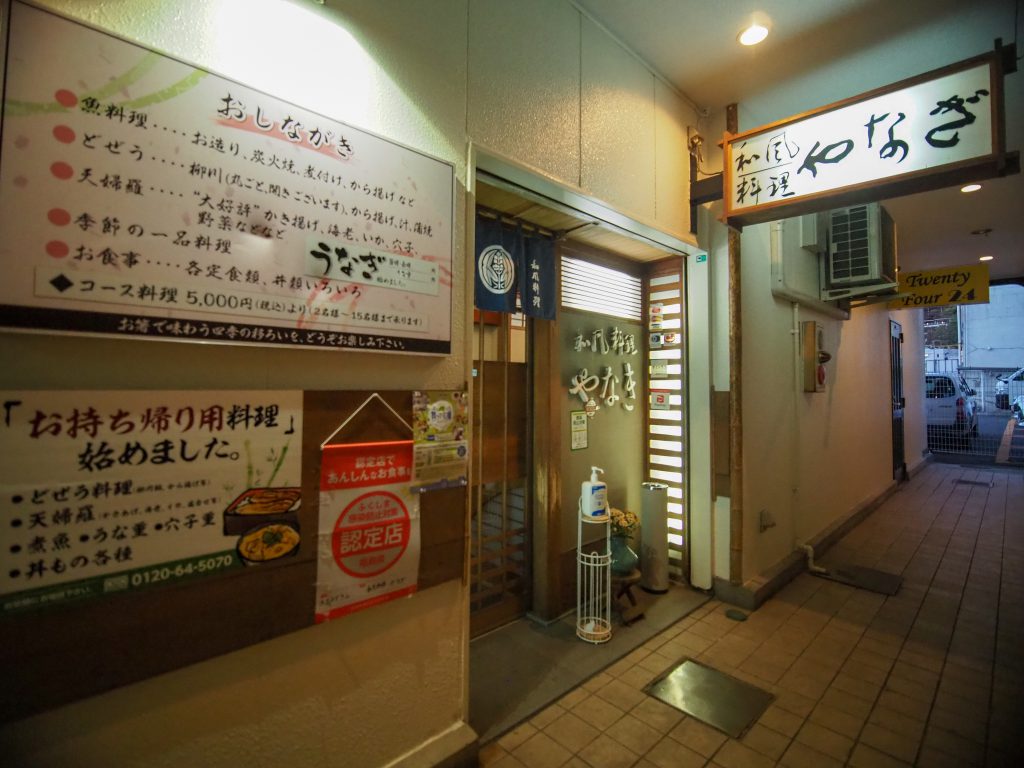The slime flounder – king of simmered fish. Joban-mono slime flounder is thick and rich in fat!
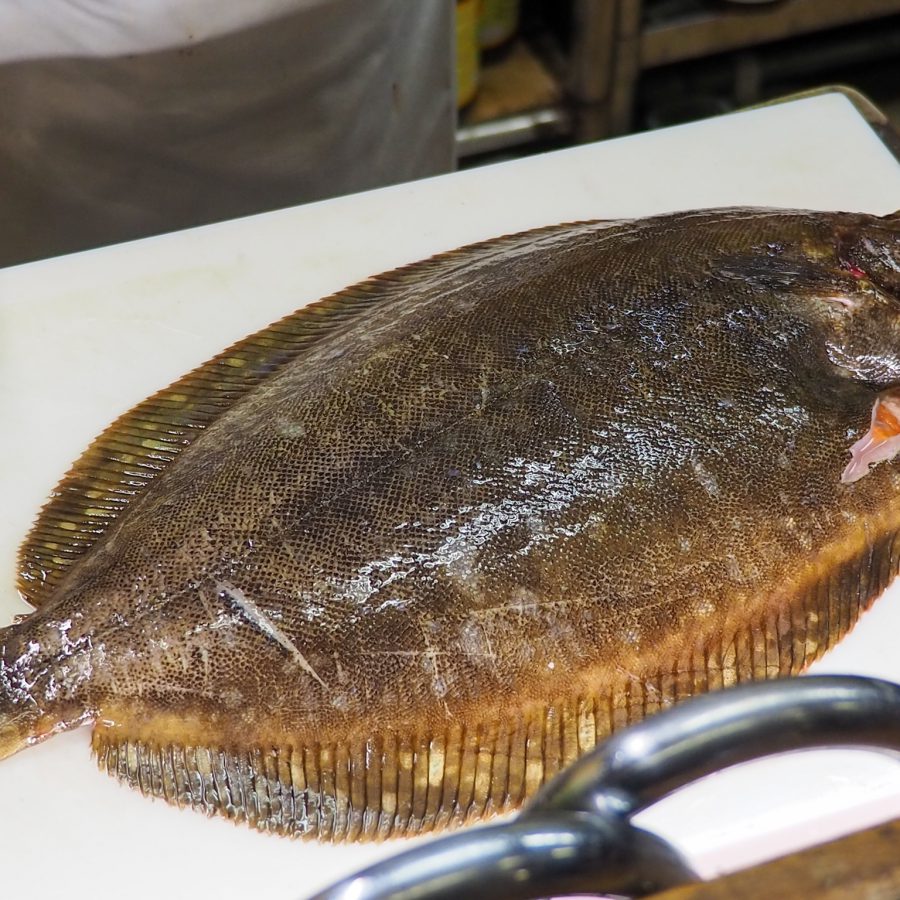
Of the 15 or so species of flounder caught in Fukushima Prefecture, the slime flounder (Japanese name: nameta-garei/baba-garei) is particularly prized in winter. Although it is a large flounder that can be caught all year-round, its flesh becomes thicker and fatter during the cold season. Slime flounder with roe, caught before the spawning season, is particularly prized. True to its name “Nameta”, meaning “very slippery”, it is a fish with a lot of slime.
Slime flounder can be eaten as sashimi or grilled, but it is most commonly prepared as simmered fish. At Wafu Ryori Yanagi, located near Iwaki Station, simmered slime flounder is a popular winter menu item. Some customers come specifically for this simmered dish. We asked the owner, Kimihiro Matsuzaki, about the appeal of Joban-mono slime flounder.
The king of simmered fish, moist and flavorful
Wafu Ryori Yanagi is a long-established restaurant in Iwaki City that has been in business for about 50 years. The restaurant has been run with a commitment to the Joban-mono seafood and a desire to be known as the place to eat local fish.
According to Matsuzaki-san, the key feature of slime flounder is its moist flesh. Its mild white flesh absorbs flavors well, making it rich and savory. It goes perfectly with simmering, earning it the nickname of “king of simmered fish”. The best time to eat the Joban-mono slime flounder is in winter, from December to March.


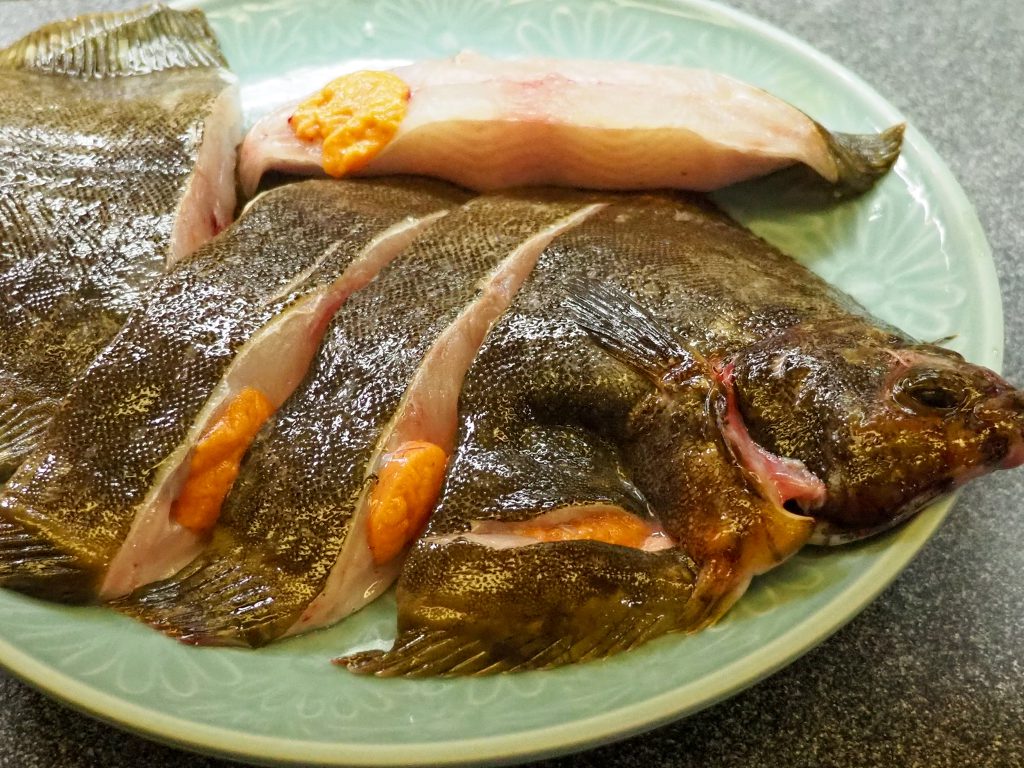
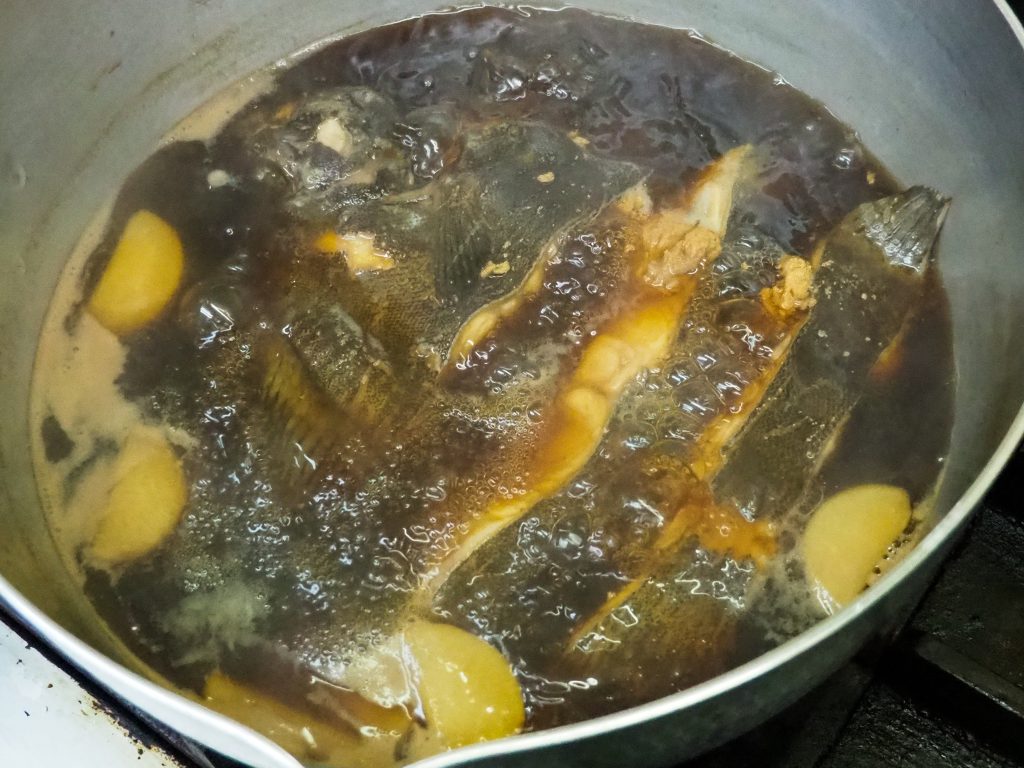
When I asked Matsuzaki-san what he liked about the flounder, he replied, “My favorite part is the engawa”. Engawa refers to the flesh around the base of the dorsal and tail fins. This is the muscle used to move the fins, and when eaten raw in sashimi, it has a crunchy texture. When simmered, it develops a “natural, melt-in-your-mouth texture”. Since the engawa is attached to the fin bones, the trick is to eat it by sucking it off the bone. “The engawa is the part of the slime flounder that I want people to pay the most attention to, like the milt of a pufferfish or the roe of a cod, and it’s so delicious that it’s impossible to describe”, says Matsuzaki-san.
In the Tohoku region, there is a tradition of eating simmered slime flounder during the year-end and New Year celebrations. It is said that eating flounder with roe brings good luck, as it symbolizes “bringing many offspring”, and the price rises at this time of year.

There are also fans who look forward to the arrival of the season.
The local regular who was in the restaurant at the time of our interview (early December) was there for the simmered slime flounder. He is such a fan that when he walks through the noren fabric dividers into the restaurant, he is greeted with “We have ‘nameta’ today”. He says, “I always want to eat it when winter comes”. With the first simmered slime flounder of the season, he was delighted, saying, “It makes sake taste three times better”.


“Young generations might not eat simmered dishes as much, but for me, simmered fish is fundamental to Japanese cuisine. And the “nameta” reigns supreme. It’s so delicious that it could change your mind”, the customer passionately shared his love for the slime flounder.
“Yanagi” survived the collapse of the ‘bubble economy’ and the Great East Japan Earthquake, and has been operating at this location for some 50 years. Currently, in addition to the challenges posed by the COVID-19 pandemic, the establishment is also facing issues such as the aging of their regular customers and the threat of chain izakayas. However, despite changing times, it has expressed its commitment to “offering local cuisine” and maintaining its reputation as a place to enjoy seasonal Joban-mono seafood.
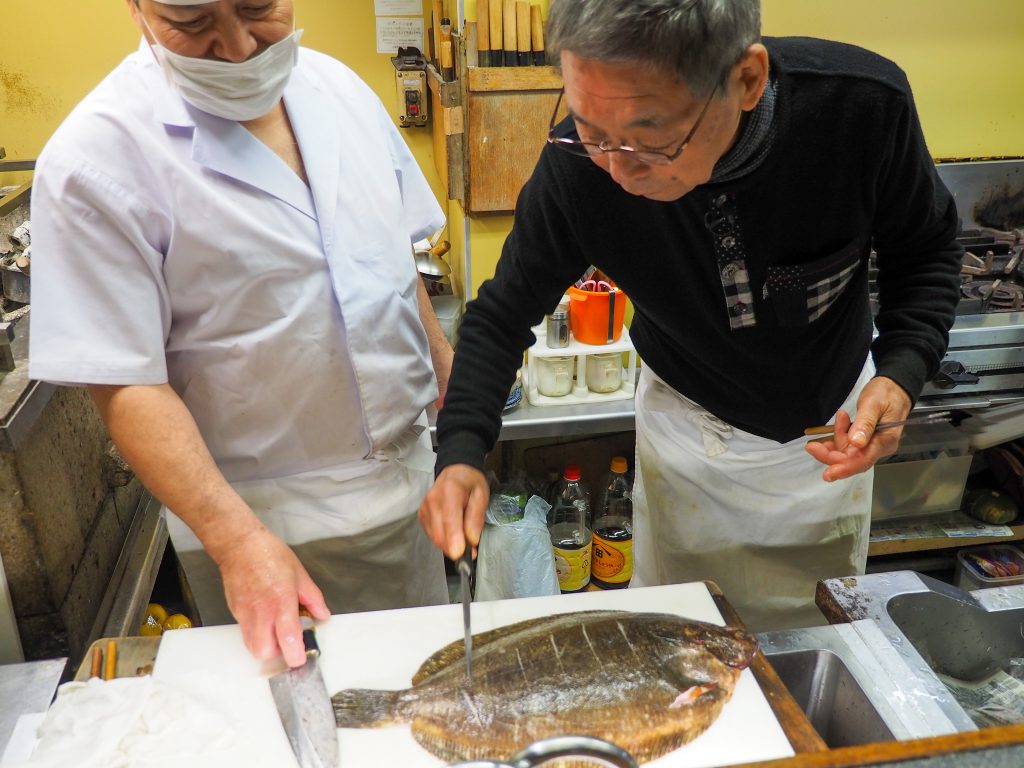
●Wafu Ryori Yanagi
◎Address:1F, Iwaki Daiichi Building, 14-1 Tamachi, Taira, Iwaki City, Fukushima Prefecture
◎Opening hours:5 PM to 10 PM
◎Closed:Sundays (closed on Mondays if Sunday and Monday are consecutive public holidays)
